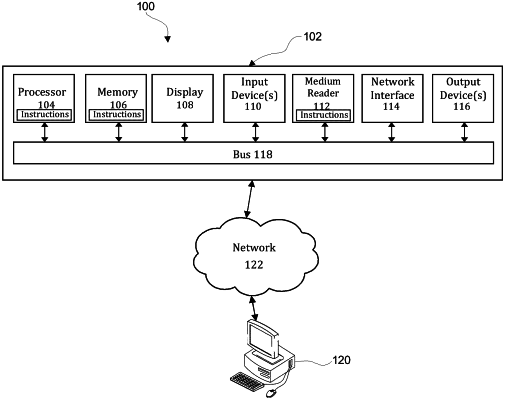| CPC G06Q 30/0245 (2013.01) [G06Q 10/06315 (2013.01); G06Q 30/016 (2013.01)] | 18 Claims |

|
1. A method for evaluating and filtering uncertainty in survey data, the method being implemented by at least one processor, the method comprising:
receiving a plurality of survey responses with respect to a customer survey;
obtaining a first set of numerical survey data based on the received plurality of survey responses;
generating, by the at least one processor, a second set of numerical survey data based on a random sampling of a predetermined number of synthetically generated survey responses;
adjusting, by the at least one processor, the second set of numerical survey data based on a predetermined intrinsic variability factor;
computing, by the at least one processor, an estimated error value for the adjusted second set of numerical survey data;
determining, by the at least one processor, an uncertainty of the first set of numerical survey data based on the computed estimated error value; and
adjusting, by the at least one processor, the first set of numerical survey data based on the determined uncertainty,
wherein each of the first set of numerical survey data and the second set of numerical survey data includes, for each respective survey response from among the received plurality of survey responses, a corresponding numerical value that falls within a predetermined numerical range, and
wherein the method further comprises:
dividing the predetermined numerical range into a plurality of bins, each respective bin having a corresponding numerical sub-range that does not overlap with a numerical sub-range that corresponds to any other bin from among the plurality of bins;
assigning each respective survey response from among the received plurality of survey responses into a corresponding bin from among the plurality of bins based on the corresponding numerical value of the respective survey response; and
when each respective survey response has been assigned to a corresponding bin, using a result of the assigning to determine a Net Promoter Score (NPS) that relates to the customer survey,
wherein the assigning of each respective survey response into the corresponding bin is performed by applying a predetermined machine-learning classification algorithm to the received plurality of survey responses.
|